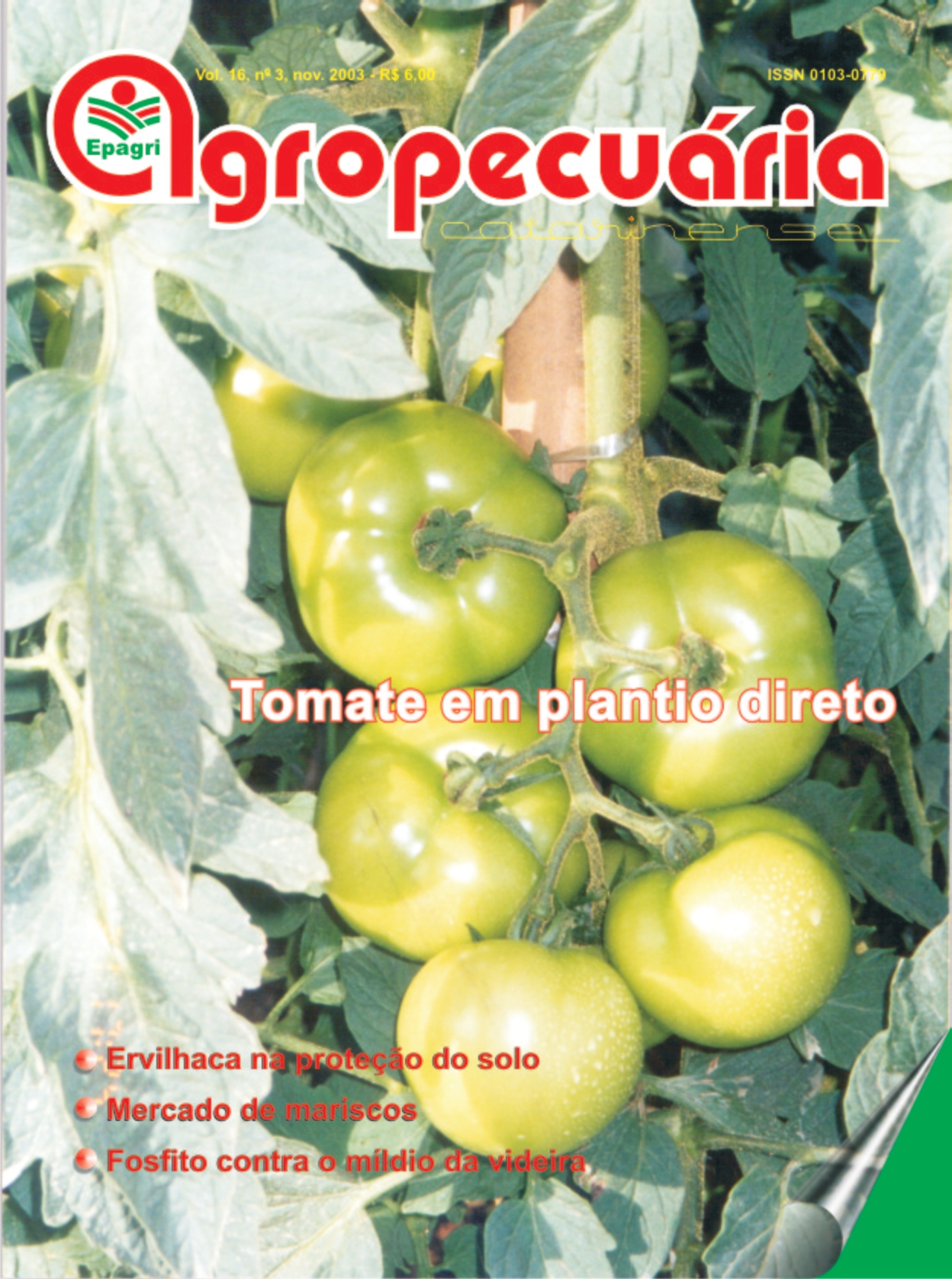Evaluation of fosfites to control downy mildew in grapevines
Keywords:
Vitis, Plasmopara viticola, grape, fungicideAbstract
Downy mildew is one of the most important grape diseases in Southern Brazil. The disease is usually
controlled with preventive fungicide sprays. During the season 2000/01, which was very favorable to the disease development, it was evaluated the effect of potassium fosfite to control downy mildew compared to traditional fungicides. Preventive sprays of potassium fosfite, at intervals of seven to nine days, efficiently controlled the disease, similarly the other systemic fungicides tested (metalaxyl, cimoxanil e benalaxyl), which are standard
fungicides to control downy mildew. However, phytotoxicity symptoms appeared during the experiment due to frequent sprays with fosfite. In another experiment, it was evaluated the curative effect of fosfites applied after the appearance of foliar symptoms of the disease. In that conditions, treatments with potassium fosfite resulted
in the best control among the tested options. Considering the aspects of efficiency, cost and environmental risk, the use of fosfites can be recommended to control grape downy mildew with the precaution of alternating treatments with other fungicides to avoid phytotoxicity problems when a high number of sprays is needed.
Metrics
Downloads
Published
How to Cite
Issue
Section
License
Copyright (c) 2003 Agropecuaria catarinense

This work is licensed under a Creative Commons Attribution 4.0 International License.




